In the fast-paced decision-making environment, we often prioritize speed over mindfulness.
The basic assumption here being that moving quickly means we are more efficient.
However, real efficiency sometimes requires slowing down, examining our missteps, and mining insights from past decisions.
Every decision we make contributes to a valuable dataset
Analyzing this vast database can help us identify biases, challenge assumptions, and develop strategies for more effective outcomes.
Reflecting on past decisions offers us an opportunity to refine our approach and ultimately make more confident choices moving forward.
A good example is Stacey, the CEO of a nonprofit focused on energy efficiency.
After two unsuccessful attempts to fill a chief operating officer position, Stacey found herself frustrated with the hiring process and unsure how to make a better choice.
Rather than simply moving forward, Stacey and her coach examined the hiring decisions closely.
They identified specific assumptions and missed opportunities that contributed to the unsuccessful hires.
This reflection process allowed Stacey to see that her selection method, rather than the candidate pool, needed adjustment.
To extract value from our past decisions, we can follow a structured set of reflection questions.
How can we follow a structured set of reflection questions?
First, clearly defining the current problem is essential, as it frames our decision and directs us to the right focus.
Stacey initially framed her problem too broadly as finding the perfect candidate but reframed it more accurately as a need to improve the recruiting and hiring process itself.
Second, we should examine the sources of stress and our default responses.
Stress can obscure clear thinking and reinforce cognitive biases. S
tacey felt stress from her previous experiences, leading her to narrow the search to candidates with directly applicable experience.
This restriction limited her options.
Next, it’s essential to look back on similar decisions and evaluate what went wrong, the assumptions made, and any red flags ignored.
For example, Stacey acknowledged she didn’t thoroughly assess candidates’ industry knowledge or communication skills.
She made assumptions that affected the outcomes.
After careful reflection, Stacey decided to broaden her search while strengthening her vetting process.
She added questions to assess how candidates would approach learning the industry and aligned her hiring criteria with her organization’s needs.
By addressing previous shortcomings, she transformed her hiring strategy into a more informed, resilient approach.
Mistakes are only setbacks if we fail to learn from them
By using structured reflection to analyze past decisions, leaders can adopt a mindset of continuous improvement, making each decision a stepping stone toward better outcomes.
Taking the time to examine and understand past choices provides the clarity needed to move forward with confidence and purpose.
Learn more about us at https://dagora.ch/contacts/



